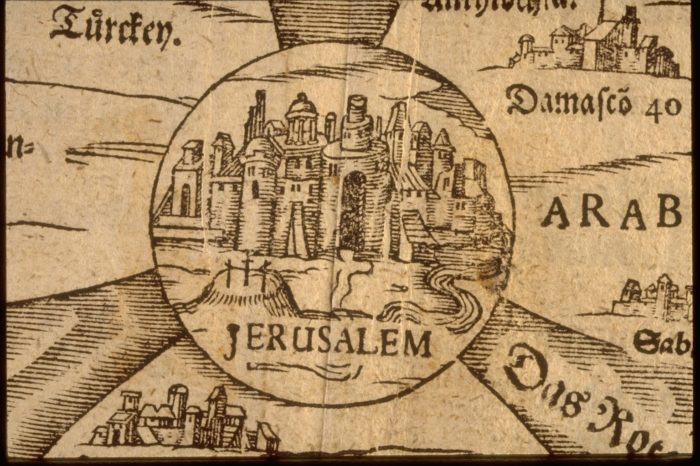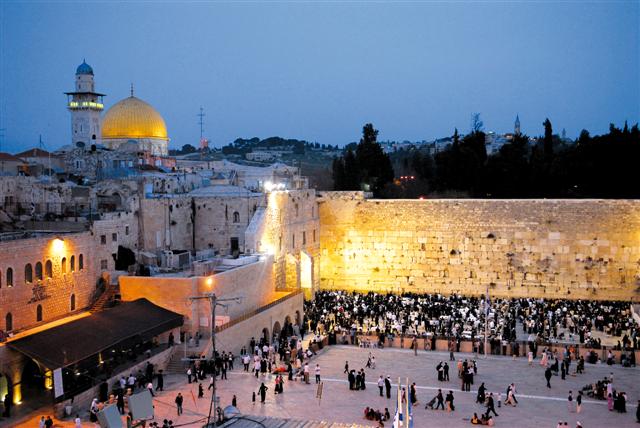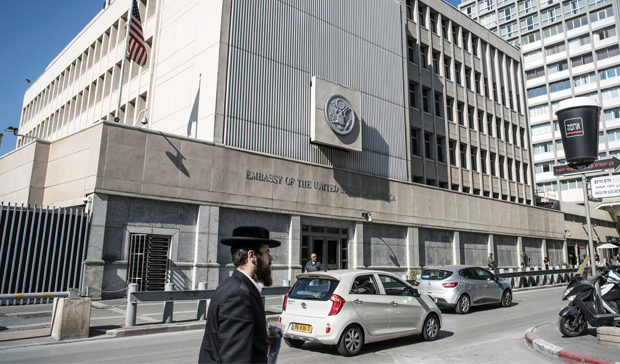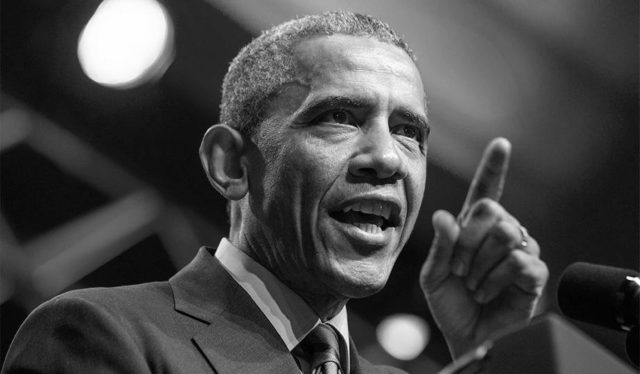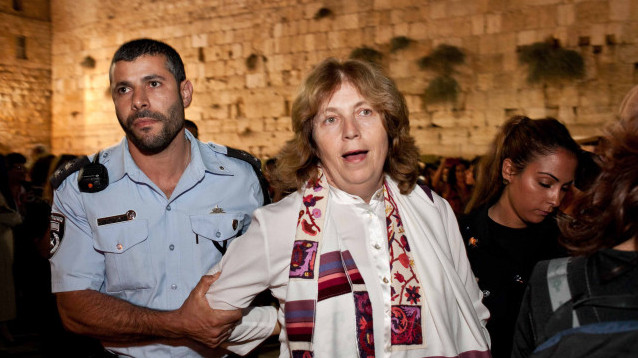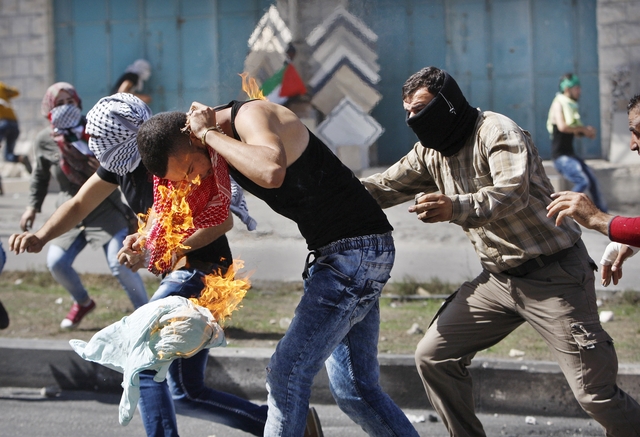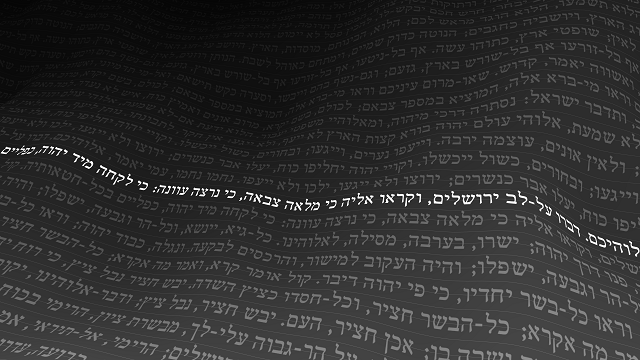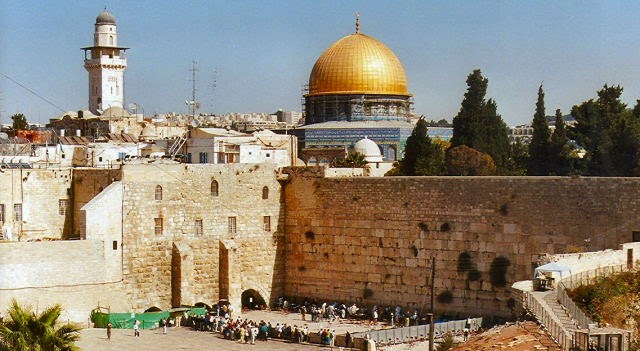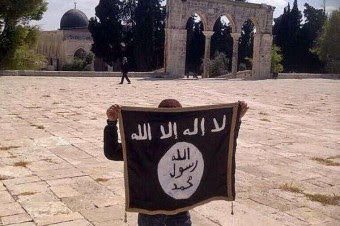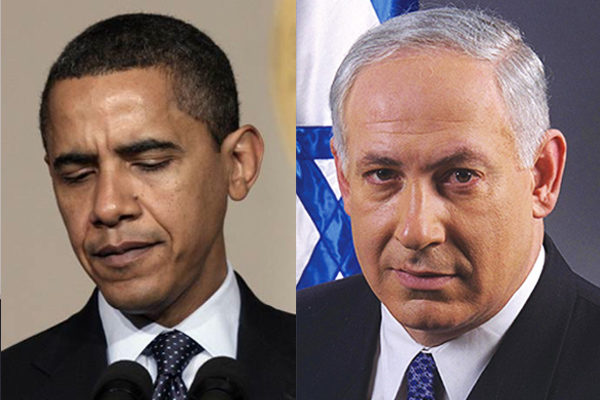Moshe Dayan’s Great Mistake

In June 1967, Israeli paratroopers under the command of Mordechai (Motta) Gur broke through the Jordanian defenses and captured the Old City, where the Jewish Quarter, the Western Wall, and the Temple Mount – the holiest site in Judaism – are all contained. Many Israelis believed that after 19 years of being denied access, they, and Jews everywhere, would again have unfettered access to the Temple Mount, where they would be able to pray. Alas, it was not to be. Israeli Defense Minister Moshe Dayan, a secularist, who was intent on mollifying the defeated Arabs, had other ideas. Meir Soloveichik writes about Dayan’s tragic blunder here: “Moshe Dayan’s Tragic Blunder,” Commentary, February 2023:
There is an argument to be made for permitting wider access and the right to pray for Jews at the site of the biblical Temples. In part, this argument charges that defense minister Moshe Dayan, in electing not to fully realize Israel’s sovereignty over the Mount immediately after its breathtaking capture in the 1967 war, helped facilitate the resonant Palestinian lie that the Jews have no connection to our ancient homeland—for surely, if the Temple Mount was historically ours, religiously ours, we would not have handed it back to them.
Dayan had the perfect opportunity to end, once and for all, the Arab attempt to cut Jews off from the holiest site in Judaism. When east Jerusalem, and the Old City, were under Jordanian control, from 1949 to 1967, no Jews could visit the Temple Mount or the Western Wall. Dayan might, in the heady aftermath of that spectacular victory in June 1967, have declared that from now on, Jews could visit the Temple Mount, at any time of day, and on any day of the week, just as the Muslims could. He might have insisted that Jews could say their prayers on the Temple Mount, just as the Muslims did. But instead he strictly limited Jewish “visiting hours” on the Mount to four hours a day, and then on only five days of the week. And more terrible still, he decided to forbid Jewish prayer, open or silent, at the holiest site in Judaism, a policy that has been dutifully followed by every Israeli government since Dayan’s day.
Anxious to avoid a full-on confrontation with the entire Muslim world [but just how, following Israel’s stunning victory against three Arab states, would that Muslim world be able to summon the strength to “confront” Israel?], and utilizing the halachic argument that Jews should not set foot on the Mount for fear of defiling the sacred ground where the Temple and its Holy of Holies once stood, he allowed Jordan’s Muslim Waqf to continue to administer the compound’s holy places.
It was not wrong to let the Waqf continue to administer the Muslim holy sites. What was wrong was Dayan’s not asserting the right of Jews to visit the Temple Mount at any time, “just as Muslims do,” and especially, in not insisting that “Jews of course will now have the same rights as Muslims to pray on the Temple Mount.” Put that way, it would be hard for the Western powers to reject such a reasonable, and modest, request.
Netanyahu, David Horovitz [editor of the Jerusalem Post, writing in a recent article] continued, had “wisely” adopted Dayan’s approach previously, but now the prime minister had “sanctioned” an act of “potential pyromania.” This is a reference to [National Security Minister Itamar] Ben Gvir’s visit to the Temple Mount. Horovitz’s account leaves out the fact that the decision of the ardently secular Dayan was founded on total disregard for what the Temple Mount meant to religious Jews.
Horovitz, another left-wing secularist, calls on Netanyahu not to change Dayan’s policy on the Temple Mount, but to continue to limit Jewish access and to block Jewish prayer. He preposterously calls Ben-Gvir’s visit to the Temple Mount an act of “potential pyromania.” There were all sorts of Arab threats, that if Ben Gvir made that visit, there would be an “explosion” of Arab violence. But he visited, walked around the perimeter of the Compound, steered clear of the Al-Aqsa Mosque, did not pray, made no statement, and left after 13 minutes. And no upsurge of Arab riots and violence resulted from this so-called “pyromaniac’s” visit.
After his paratroopers broke through Jordanian lines in 1967 and reached the site, Mordechai Gur exultantly exclaimed that “the Temple Mount is in our hands.” Dayan, in contrast, infamously reflected, “What do I need this Vatican for?”As the Israeli journalist Nadav Sharagai has documented, Dayan’s actions were based in the presumption that the Temple Mount is not of any religious significance to Jews at all:
Dayan thought at the time, and years later committed his thoughts to writing, that since the Mount was a “Muslim prayer mosque,” while for Jews it was no more than “a historical site of commemoration of the past…one should not hinder the Arabs behaving there as they do now and one should recognize their right as Muslims to control the site.”…
Dayan was a brilliant military commander, but otherwise he left much to be desired. He did not feel any religious attachment himself to the Temple Mount, which, given that he was an atheist, can be understood, but what he also lacked was any comprehension of how much that site meant to others, not just to religious Jews, but even to many secular Jews less dogmatic than he. He did not feel along his pulse that the Temple Mount was the holiest site in Judaism, and was unable to empathize with the millions of Jews who felt that it was such. Nor did he see the Temple Mount as the site not just of religious significance, but of the greatest historical importance to the Jews, the place where both the First and Second Temples had stood. Dayan’s description of the Temple Mount only as a “Muslim prayer mosque,” and his dismissal of the Jews’ 2600-year-old attachment to the site, are shocking. He famously, and unforgivably, wrote that “one should not hinder the Arabs behaving there as they do now” and “one should recognize their right as Muslims to control the site.” He was sympathetic to Muslim claims, but not to those of the Jews, to the Temple Mount; he was unable to grasp the depth of the Jewish attachment – that is, of Jews other than himself – to the Temple Mount. And that led to his unforgivable blunder, in forbidding Jewish prayer on the Mount, at the very time when allowing it would have been accepted by the defeated and thoroughly demoralized Arabs.
The Palestinian attempt to insist that there never was a Jewish connection to the Haram al-Sharif (as Muslims call the Temple Mount), even denying that there ever were two Jewish temples at the site, despite what even non-Jewish historians have written, has had the effect of pushing religious Jews, and some secular ones too, to more forcefully stake the Jewish claim by visiting the Mount in much greater numbers than before the Palestinian denial.
The hysteria over the “far-right” members of the Netanyahu government, expressed by Jews and non-Jews alike, is hardly warranted. And so far these incessant cries of alarm, that “Israel is no longer a democracy,“ that “Israel has lost its soul,” and suchlike alarm, overlook the obvious: the new government that is being called “an enemy to democracy” was itself elected democratically, and can be turned out anytime the voters of Israel chose to do so. That Israeli electorate has, after all, gone through ten governments since 2001.
Now is the time for Israel to state clearly its case for undoing Moshe Dayan’s historic blunder. Prime Minister Netanyahu can speak thus to the world:
“For 2600 years, even before the destruction of the First Temple on the Temple Mount in 586 B.C., and the destruction of the Second Temple on the same site in 70 A.D., what we Jews call the Temple Mount and the Muslims call Haram al-Sharif was the religious and historical center of Jewish life. Under the Babylonians, the Romans, the Byzantines, the Arabs, the Crusaders, the Ottomans, and the British, Jews maintained their right to visit and pray on the Temple Mount. During these thousands of years, it was only during the period from 1949 to 1967, when Jordan held east Jerusalem and the Old City, that Jews were forbidden to visit the Temple Mount and the Western Wall. In 1967, Israel came into possession of the Old City, and once again Jews could visit the Temple Mount. But it was the decision of one man, Moshe Dayan, in June of 1967, that deprived Jews of the right to pray on the Temple Mount. And ever since, we Jews have had to endure the paradox of not being able to pray at the holiest site in Judaism. Now that prohibition has been lifted, and Jews will again be free to pray — as Muslims have been able to — just as they did before 1949, on the Temple Mount.
AUTHOR
RELATED ARTICLE: Sweden permits Qur’an-burning, Turkey says Swedes must fight those who ‘target Islam’ if it wants to join NATO
EDITORS NOTE: This Jihad Watch column is republished with permission. All rights reserved.

